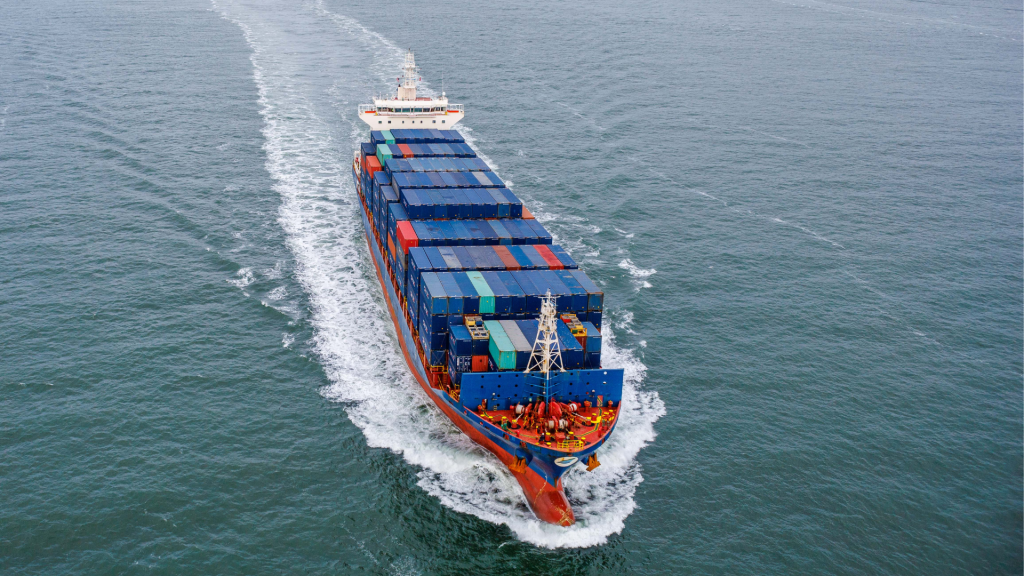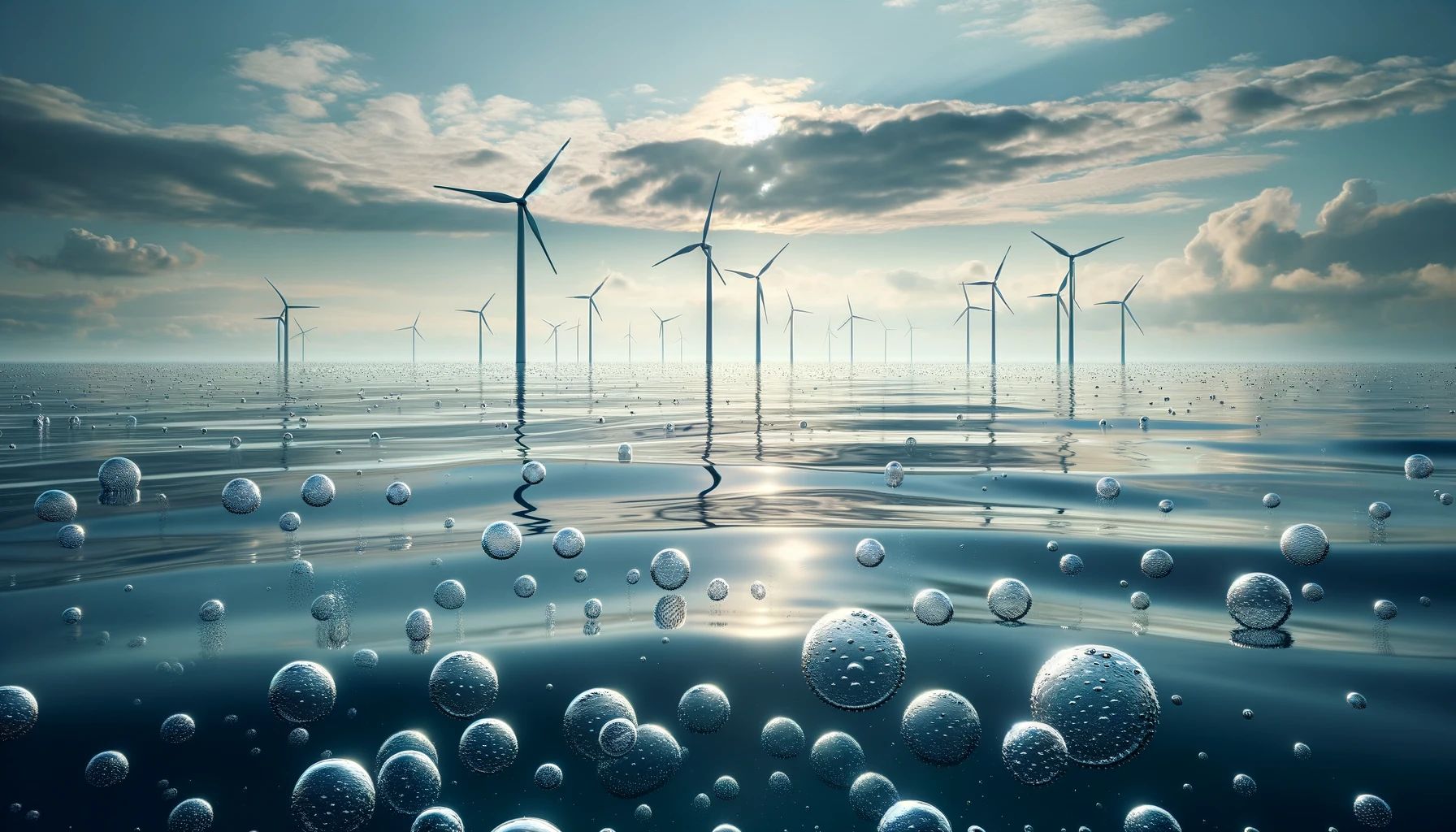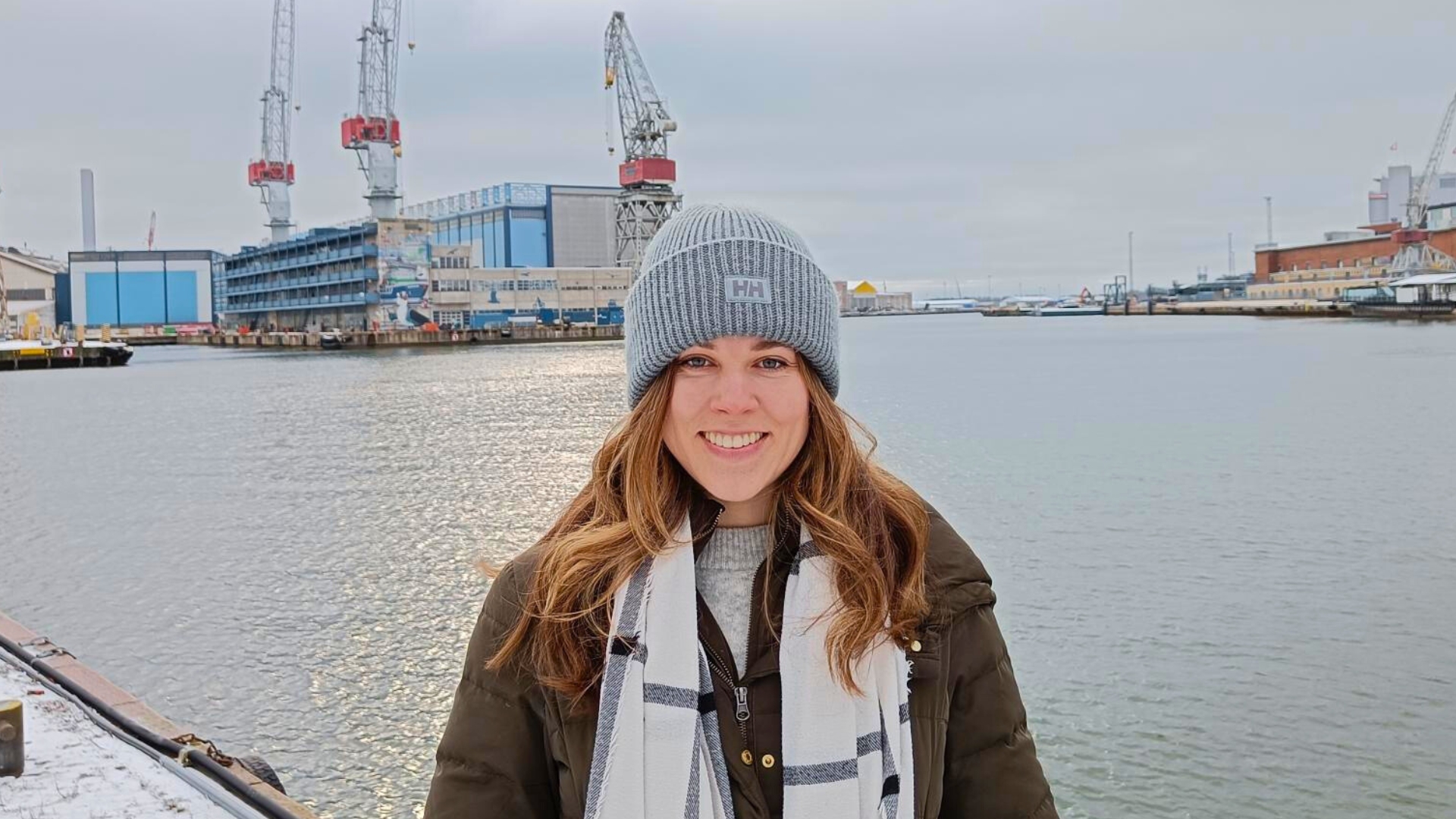Ammonia is a promising alternative as societies and industries move away from fossil fuels. Ammonia can be used, for example, to store green hydrogen for industrial use and as a carbon-free fuel for shipping.
“Ammonia is strongly linked to promoting the hydrogen economy. Green hydrogen produced with renewable energy could be widely used in society as a raw material and energy source, but storing it is challenging and expensive. Ammonia offers a cost-effective alternative. In addition, green ammonia is an interesting alternative as a fuel for the marine industry and as an energy source for industries more widely,” says Ville Vuorinen, Associate Professor of Energy Technology at Aalto University, who is leading the research project.
However, there are many issues related to the use of ammonia, which Finnish universities and industry are exploring in a joint research project starting this autumn. The three-year AINA (Ammonia Energy Conversion and Social Acceptance) project has just received €2.5 million in funding from Business Finland, of which Aalto University’s share is €1.1 million.
Research knowledge is needed to convert applications that have traditionally run on fossil fuels to run on renewable fuels, says Vuorinen.
“Ammonia does not burn very intensively, it is toxic, and it can easily corrode certain metals. So we need a basic understanding of ammonia as an energy source: how it burns in engines, burners and fuel cells. We will investigate this by using advanced 3D flow modelling. We will also experimentally investigate how ammonia can be decomposed back into hydrogen. There has been little research on hydrogen and ammonia together,” says Vuorinen.
Green vs. Grey Ammonia: A Cleaner Fuel Option for a Carbon-Neutral Future
Ammonia is a chemical compound that is refined from hydrogen and nitrogen. Ammonia that is traditionally produced with natural gas is called grey ammonia. Green ammonia refers to ammonia produced with emission-free renewable energy such as solar or wind energy. The end result is exactly the same substance as grey ammonia in terms of composition and use. Ammonia is widely used, for example, in fertilisers.
The maritime industry is committed to carbon neutrality by 2050, but electrification of large ships is challenging. The industry has therefore turned to green fuels, of which ammonia is one of the most promising. Its use does not emit carbon dioxide and is easy to store because, unlike hydrogen, it liquefies easily and can be stored long periods of time. Hydrogen can be stored in the ammonia molecule for transport and storage, and separated back into hydrogen at the point of use, such as a power plant.
To produce energy from ammonia or hydrogen, it must either be combusted or converted into electricity using fuel cells. However, there are prejudices about the use of ammonia, which Aalto researchers will also study in this project.
“Combustion has a bad reputation because of fossil fuels. Ammonia combustion can also, for example, produce small amounts of nitrous oxide, a very harmful greenhouse gas. Safety and regulatory issues are still in their infancy with ammonia, and we will be looking at these too,” says Vuorinen.
From Theory to Practice: Finnish Universities and Industry Innovate on Green Ammonia Technology
In addition to Aalto University, the project involves the University of Vaasa, Åbo Akademi, the University of Turku and VTT. Industrial partners include Wärtsilä, YARA, Andritz, Flexens, Elcogen, Convion and Elomatic.
“The AINA research is instrumental in providing fundamental understanding of green fuel technologies. It will enhance our capability to develop carbon-free fuels and support the green transformation. At the same time, it will foster public trust by investigating the social acceptability of ammonia and hydrogen,” says Jari Hyvönen, General Manager, Wärtsilä. The research is part of the Zero Emission Marine program led by Wärtsilä.
The aim of the project is not only to investigate the use of ammonia in various energy applications, but also to provide the knowledge needed for product development for industry, for example by educating PhD researchers.
“To ensure future energy self-sufficiency, we need a wide range of ways to produce and store energy. We will use advanced modelling techniques to get to the source of emissions. The in-depth knowledge generated by research is essential to make the green transition a reality,” says Vuorinen.
Contacts
Åsa Hedman, Head of Operations, Flexens
+358 (0) 405 703 798
asa.hedman@flexens.com
Ville Vuorinen, Associate Professor, Aalto University
ville.vuorinen@aalto.fi
+358 (0) 503 611 471
Jari Hyvönen, General Manager, Wärtsilä
jari.hyvonen@wartsila.com
+358 (0) 400 930 978











